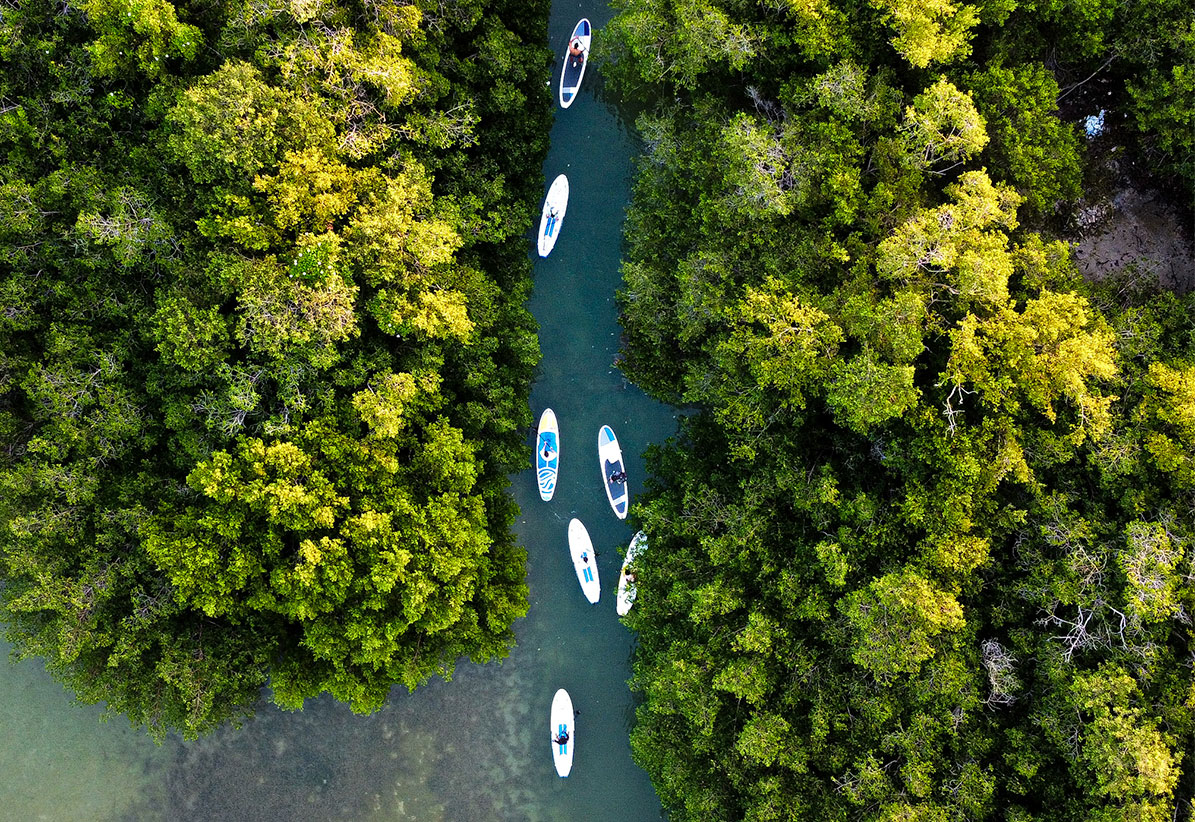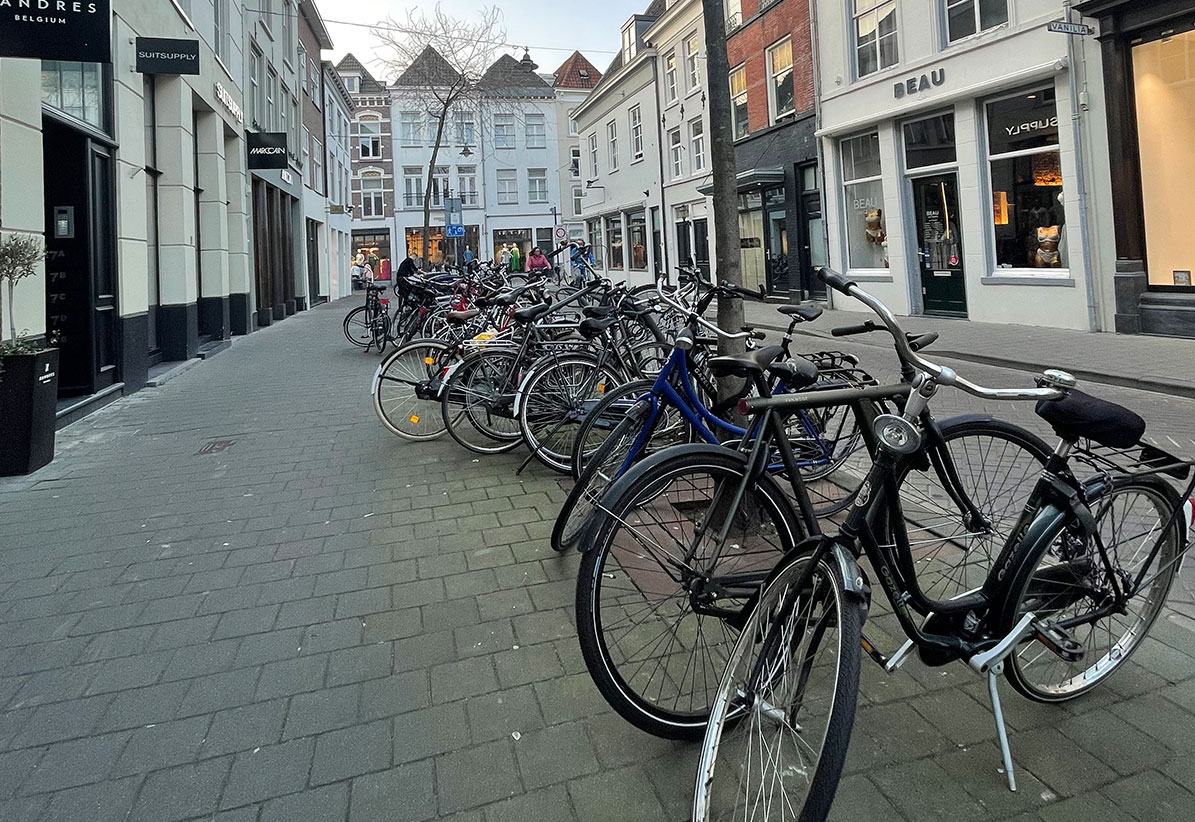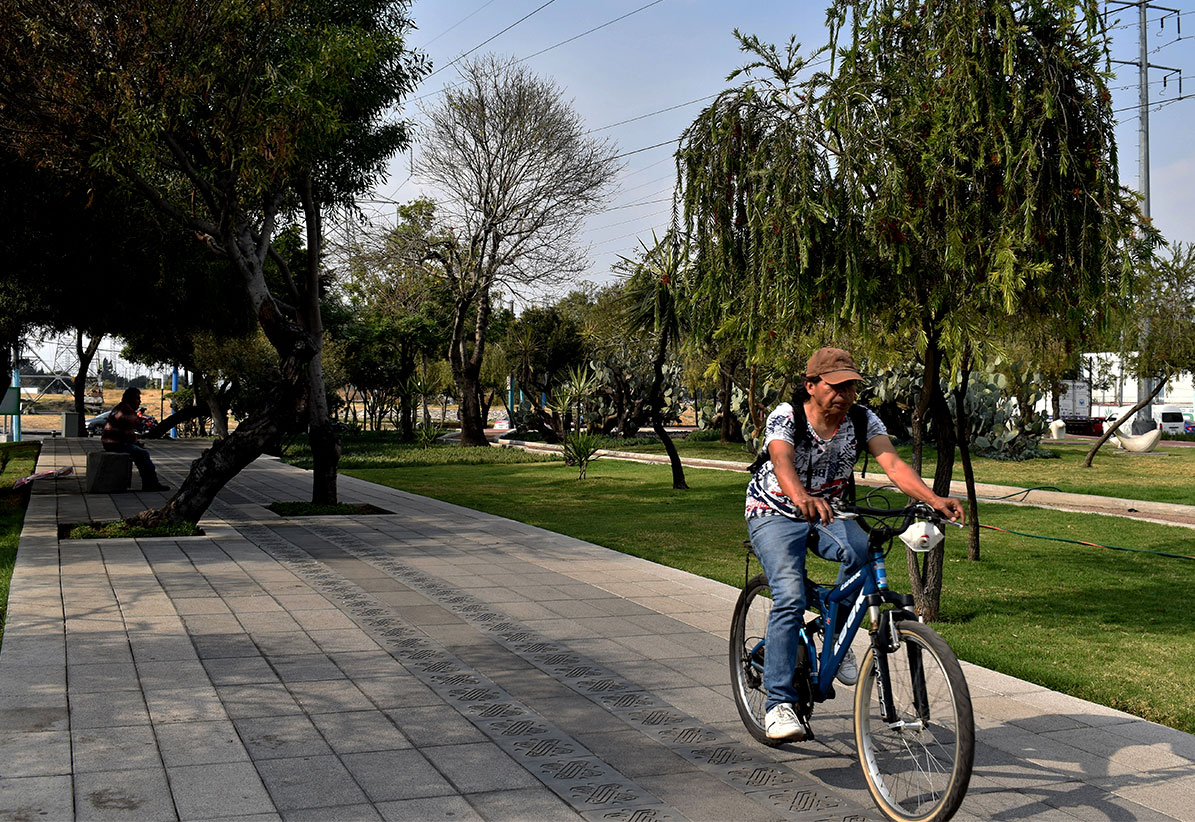
Mobility, the modus operandi of landscapes
Ivonne Walls talks about “Mobility, the modus operandi of landscapes”.
Mobility in landscapes, whether urban or natural, has become the great challenge for designers and urban planners of the XXI century, since the best quality of life of its inhabitants depends on it, allowing them to move naturally and fluidly to the places where they carry out their daily activities, as well as giving meaning to the places through which they travel.
Mobility refers to the forms and logics of movement of an individual from one place to another, so understanding it is essential to ensure that any person has adequate access to the different services they need or want.
It is worth distinguishing between the term’s transportation and mobility, since it is often thought that having good means of transport ensures mobility, but this is not the case. Transportation is the act of moving people, while mobility is the individual’s ability to move freely from one place to another. In other words: transport is something you do and mobility is something you have.
“Transport is something you do and mobility is something you have.”
Currently the physical and virtual movements of people, goods, knowledge, information, etc., determine the behavior and design of our cities. The main objective of mobility does not lie in the movement itself, but in allowing us access to the resources of each place (public services, shops, recreation, knowledge, work); becoming a key piece that allows human beings to know the diversity of the world and the opportunity to access its resources. Without the possibility of movement, people are excluded from participating in collective life and from having interaction and exchange with others.
Therefore, the evolution of cities depends on achieving a balance between movement and rest, between places to be and places to travel. When this balance is broken, the city no longer fulfills its role of allowing interaction between people and the services it requires. The city is the product of a permanent dialectic between the mobile and the immobile.

Horseback riding in Tehuacan
Photography: Roberto Pérez
From the invention of the wheel until the end of the nineteenth century, humanity used three types of displacement: on foot, on horseback and by boat, being its spaces of mobility the trails and the rivers or seas. From their needs, the inhabitants configured the shape and layout of the cities, where the streets, squares and ports constituted the spaces of circulation and determined their limits.
The predominant role of the path as the most effective element of mobility that the human being has used throughout history, allowing him to move through it by different means, has been since time immemorial the obligatory bond between places, the link that unites the different spaces and that allows transit between them.

Yucalpetén, Yucatán
Photography: Fernando Méndez
With the advent of the automobile and public transport such as the tram and metro, forms of travel changed radically in just the first 40 years of the twentieth century. The means of mobility and the way of moving of the people who for two thousand years were practically the same, were drastically transformed. Mechanized transport quickly invaded the streets of cities, without an adaptation of the layout and urban spaces being carried out to receive them, causing imbalances in the mobility of citizens and the fragmentation of cities.
The main objective of displacement, which was to reach a place, changed to moving as fast as possible. Speed has become a new value for human beings.

Holland
Photography: Lumi Lara
Faced with the problems of congestion and the ecological damage caused by the excessive use of the automobile, at the beginning of the XXI century a new reflection began to emerge around the spaces of mobility, which highlights the need to revalue the forms of displacement dethroned by their monopoly and the urgency of carrying out urban rehabilitations for their development: the train, the walk, and the bicycle.
Faced with this scenario, it is beginning to become aware that it is inescapable and possible to design cities contemplating several levels of mobility, ranging from walking to the use of public transport.

Cyclist at Ave. Jalisco Photography: Thelma Cecilia
By creating accessible service centers close to communities, people can get around on foot or by bicycle, reducing car use and decreasing its negative consequences.
Increasingly, the need of people, not only to move, but also to do so enjoying the route has become relevant.

Second edition of the pedestrian race
in the region of the biosphere reserve Photography: José Manuel Muños
In addition, a new awareness of the importance of health, both physical and mental, has led citizens around the world to change the way they move, forcing them to redesign the urban layout to include adequate mobility routes according to their needs. A clear example would be the bike paths in Holland, which have drastically reduced the use of the car and public transport, allowing the inhabitants to appropriate the places and give them a new meaning.
This permanent transformation of the urban layout allows us to understand that, as the urban sociologist Elisa Mendoza-Hatjchecorne affirms, mobility is the modus operandi of landscapes and that designers are obliged to include all their varieties to achieve a balance and sustainability that allows them to be efficient without losing their cultural meaning and their potential as an experience.
However, it is not only about modifying the landscape but also about responding to the need to make these places spaces of life and experiences; to evoke its vocation for the environment, to give magic to walkable spaces, to spaces dedicated to multimodality and to the roads of shared modes (bicycles, motorcycles and cars). In short, to turn the places of mobility into spaces of new social practices and new sensory experiences.











